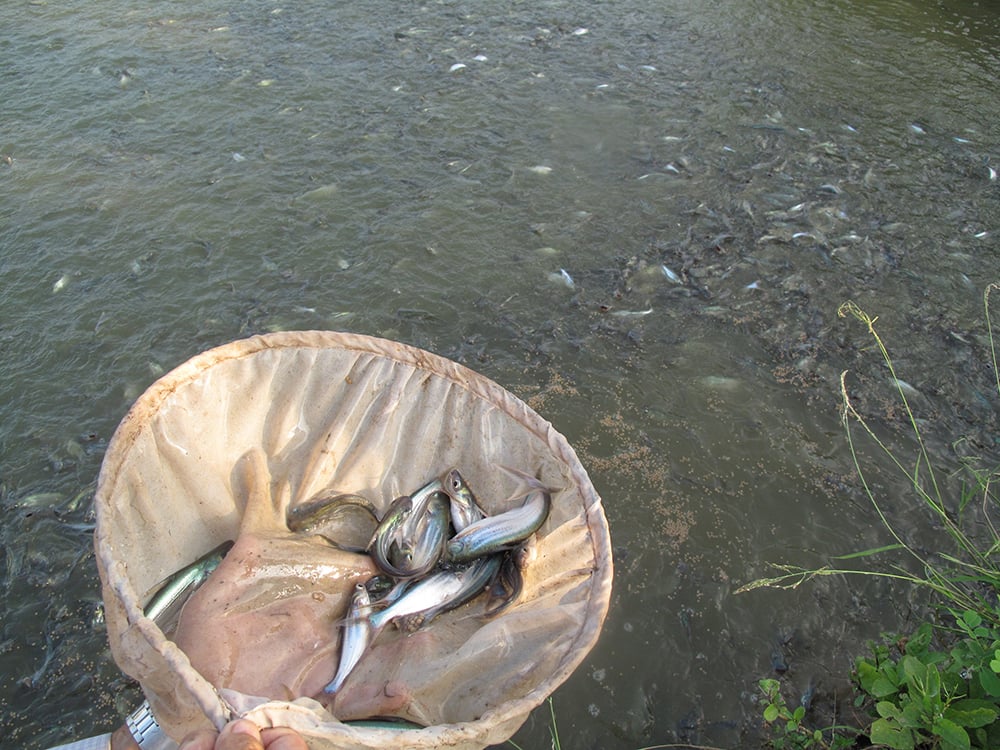
Currently, the price of pangasius fry is at its highest level in the past 10 years. Photo: MINH HIEN
Double effect
Sitting and chatting by the fish pond preparing to stock, Mr. Nguyen Manh Kiem, a resident of Hoa Lac commune, said that the price of pangasius fry (size 30 fish/kg) has increased dramatically from 43,000 VND/kg to 55,000 - 58,000 VND/kg, while at the beginning of the year it was only 25,000 - 28,000 VND/kg. "The price has increased sharply, farmers are hesitant and do not dare to stock more because the input costs have increased too much."
Mr. Kiem is one of many farmers in the Mekong Delta who have just sold their commercial fish crop and want to restock their fish so that production is not interrupted. Mr. Kiem said: “I just sold nearly 1,000 tons of fish, selling them at 29,000 VND/kg. At this level, farmers earn quite a high profit.”
Having 3 hectares of catfish breeding, Mr. Phan Anh Vu, residing in Phu Hoa commune, said: "In the previous 2 crops, I sold fish for 38,000 - 42,000 VND/kg. Now the price has increased sharply, but there is not enough to deliver because this year the weather is harsh, causing a lot of loss."
Surveys in many localities in An Giang and some provinces in the Mekong Delta show that the local shortage of fish fry is due to the current off-season, making it very difficult to obtain fish fry. In addition, climate change is becoming more and more severe, the rate of fish fry loss during the rearing process is increasing, many small-scale producers have given up their jobs due to losses. Fluctuating prices of commercial fish also make farmers hesitant to expand their farming.
Mr. Le Chi Binh - Vice Chairman of the Provincial Fisheries Association commented: "The current bottleneck is not the overall lack of fish fry but the lack of stability in quality, supply time and chain linkage."
The increase in the price of seeds has a “double” impact. For farmers, a 30-40% increase in input costs can change the feasibility of an entire crop. Ms. Tran Thi Kieu, a resident of Hoa Lac commune, shared: “The increase in the price of seeds alone has discouraged farmers, not to mention the costs of feed and aquatic medicine.”
For processing enterprises, lack of fish fry means lack of raw fish. A representative of a seafood processing factory in Long Xuyen ward worries: "If the supply is unstable, it will be difficult for us to keep up with the delivery schedule for international partners, and the brand reputation will be directly affected."
Untie the "knot"
According to managers, if the pangasius fry fever continues, the pangasius value chain from production, processing to export will all be affected, even at risk of losing orders in demanding markets. Master Tran Anh Dung - former Head of the Provincial Fisheries Department analyzed: "The shortage of fry is an obvious lesson about unsynchronized production planning. For many years, we have strongly developed the commercial farming area but have not paid due attention to the fry stage, leading to local shortages. The lesson learned is to build a concentrated fry production area, closely linking the production and consumption stages, and having a supply - demand coordination mechanism to avoid repeating this cycle."
Mr. Dung said that local authorities need to play the role of “conductor” in regulating production from managing the quality of parent fish, controlling diseases to supporting loans and techniques for nursery households. To overcome the “bottleneck” of breeds, parties participating in the pangasius industry chain need to synchronize solutions such as management and planning, applying technology, linking the chain, transparency of market information... in the field of management and planning. At the same time, it is necessary to continue to form concentrated seed production areas like the 3-level pangasius seed program has done, choosing locations that are less affected by climate change, and at the same time strictly controlling the breeding process.
Regarding technology application, the State needs to encourage hatcheries to invest in water treatment systems and apply new techniques to reduce loss and improve disease resistance for fingerlings. Strengthening chain linkages also needs to be implemented, in which processing enterprises sign contracts with production and hatchery facilities to ensure both the safety of farmers and a stable source of raw materials for the factory.
“The important issue here is the need for transparency in market information. To do this, the parties involved need to build a channel to forecast supply - demand, prices, farming areas, etc. so that farmers and businesses can have reasonable plans, avoiding the situation of mass farming, which is uncontrolled like in the past,” Mr. Le Chi Binh suggested.
The high price of fingerlings partly reflects the need to prepare for the new farming season, but also shows the long-standing shortcomings. For the pangasius industry to develop stably, it is necessary to quickly remove the "bottleneck" related to fingerlings, to avoid this situation from recurring.
| “Solving the seed issue is the key for the Vietnamese pangasius industry to consolidate its multi-billion dollar export position. To do this, long-term planning, strict management, and strengthening the regulatory role of local authorities in this industry are needed,” emphasized Mr. Le Chi Binh, Vice Chairman of the Provincial Fisheries Association. |
MINH HIEN
Source: https://baoangiang.com.vn/thieu-hut-con-giong-ca-tra-a463251.html





![[Photo] Prime Minister Pham Minh Chinh chairs a meeting of the Government Standing Committee to remove obstacles for projects.](https://vphoto.vietnam.vn/thumb/1200x675/vietnam/resource/IMAGE/2025/10/06/1759768638313_dsc-9023-jpg.webp)


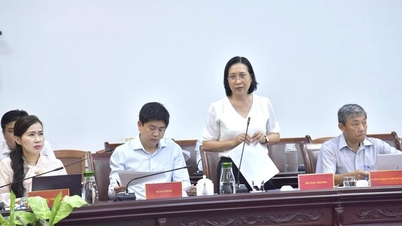




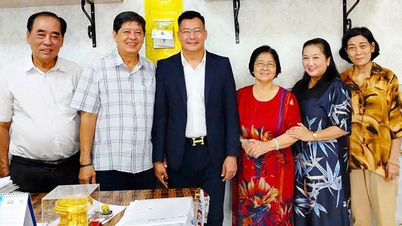











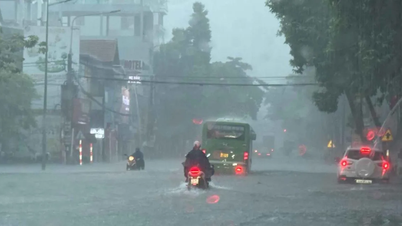







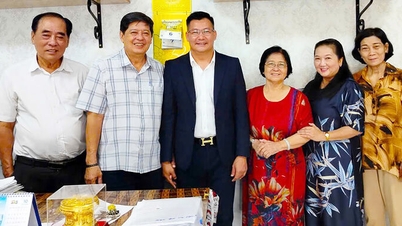
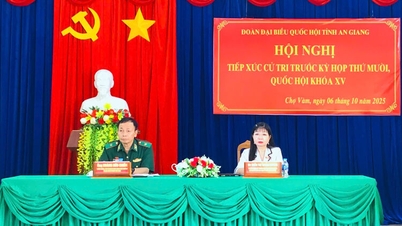

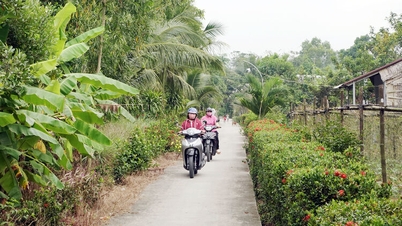





























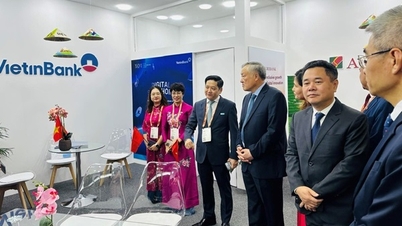















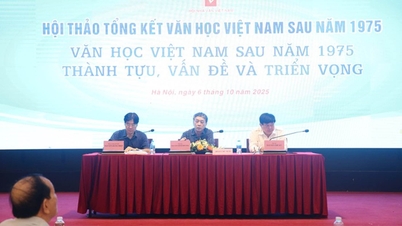





















Comment (0)